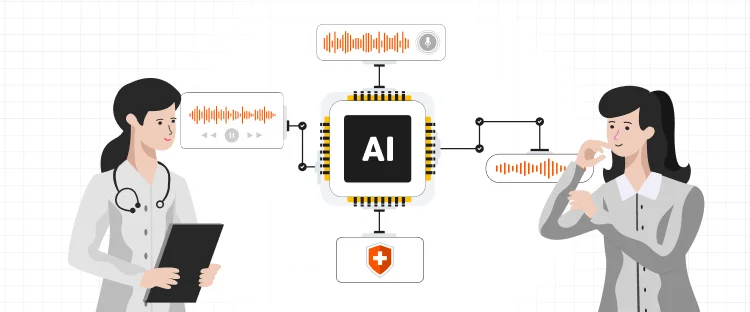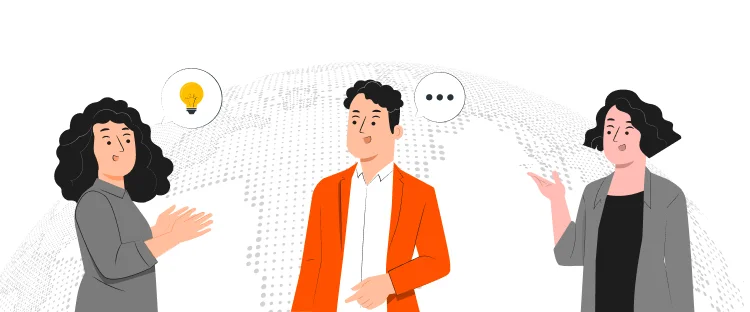When one hears the two words “translation” and “transcription”, they may point out that they hold similar meanings, having similar prefix “trans”, but so do “antibiotic” and “antidepressant” but everyone knows they are not the same.
The case of translation and transcription is also similar. They mean very different things in the world of languages. The dictionary defines translation as expressing or converting words or text into another language.
On the other hand, transcription is defined as putting speech or data into printed form. If you are still confused about the two, we are here to clear the air. Here are the main differences between translation and transcription.
Let us look at transcription first. It can be defined as the conversion of something into a written form and is one of the key processes prior to data analysis in research. When recording of audio/video medium is required in written form, transcription comes into play.
In the case of a scenario where documentation or the account provided by a party is not comprehensible to the other and a medium is needed for understanding and later reference—transcription comes to the rescue.
Translation is the conversion of some medium from one language to another. Unlike transcription that involves only one language, the case is different for translation where more than one languages are involved. For example, translation can occur from French to English, English to Arabic or Chinese to Spanish, etc.
However, unlike transcription, translation can be a bit tricky and complex since the translators has to be aware of the colloquial expressions and moods of the speaker in order to be accurate in translation.
Even though they both hold a place in the world of languages, there are significant differences between translation and transcription based on their definitions and the number of languages involved.
Another very significant difference is the skill of the transcriptionist who needs to have ample knowledge of his native language, whereas a translator needs to have the knowledge of all languages involved in the process of that particular translation.
Also Check: Difference Between Translator and Interpreter
The difference between translation and transcription comes down to two words—words versus meanings. So if a person has an audio recording that needs to be converted into written text, it is transcription.
If he needs the meaning of words in one language converted into another language while keeping the meaning intact, it is translation. Despite these differences between translation and transcription, it is important to know that they both are essential parts of a translation agency’s business and are likewise required for lowering the linguistic barriers set by geographical boundaries in the world.
Without the either of the two, cross-border and cross-cultural ties would just be not possible.

Colorado is said to be one of the best places to do business because the business environment is very friendly
Read More
The global marketplace has become an attractive place for brands and businesses, where they strive to create a presence of
Read More
CAD, or computer-aided design and drafting (CADD), is the use of computer technology for design and design documentation. CAD software
Read More
Many global companies, foreign governments and Iranian are hoping to see an increase in investment in Iran after declaring the
Read More
Artificial intelligence has taken a big space in almost every industry. There is also a widespread acceptance that AI is
Read More
Persuasion is all about manipulating other people behavior. At first it might sound immoral but it doesn’t have to be.
Read More
Now days everyone is searching for good ideas for their company they wanted to be more creative, they wanted to
Read More
Technology has now much diverse roots in this age of development. Now it is not wrong to say, that you
Read More
Localization is the practice of altering the functional properties of a product and also its characteristics. This is easily done
Read More


Document Translation
Professional document translation by native expertsApp Localization
Get more downloads by adapting your app for different target marketsVideo Translation
Multilingual translation and subtitling servicesWebsite Localization
Adapt your website into multiple contexts for global reachSoftware Localization
Adapt your software for global usersGame Localization
Reach new players with localized gameplayMTPE
Refine AI translations for natural fluencyBusiness Translation
Professional translation for business documents and websitesDTP & File Conversion
Professional DTP and File conversion, supporting multiple file formatsProofreading
Perfect your content with expert review© Copyright 2026 MarsTranslation